Boeing has delivered the first Orca Extra Large Uncrewed Undersea Vehicle (XLUUV) to the U.S Navy following acceptance testing completion this month.
The XLUUV, designated by the U.S Navy as ‘Orca’, is a new class of autonomous submarine that can perform long duration critical missions to “achieve undersea maritime dominance in changing environments and contested waters”.
“This is the culmination of more than a decade of pioneering work, developing a long-range, fully autonomous undersea vehicle with a large payload capacity that can operate completely independently of a host vehicle,” said Ann Stevens, Boeing Maritime and Intelligence Systems vice president.
“I’ve had the distinct pleasure of witnessing our team bring this first-of-its-kind capability to life, and I’m proud of their innovation, perseverance and unwavering commitment which has yielded the most advanced and capable UUV in the world. With the Navy’s partnership, we look forward to continuing to deliver this game-changing vehicle to the fleet.”
Orca has undergone several phases of at-sea testing, including above and below surface maneuvers to demonstrate the vehicles’ unique capabilities.
In 2012 Boeing initiated the design and development of Echo Voyager, a proof-of-concept XLUUV that began at-sea testing in 2017 and was a precursor to the US Navy’s Orca XLUUV competition. Echo Voyager – the world’s only vehicle of its size and capability – has spent over 10,000 hours operating at sea and transited hundreds of nautical miles autonomously.


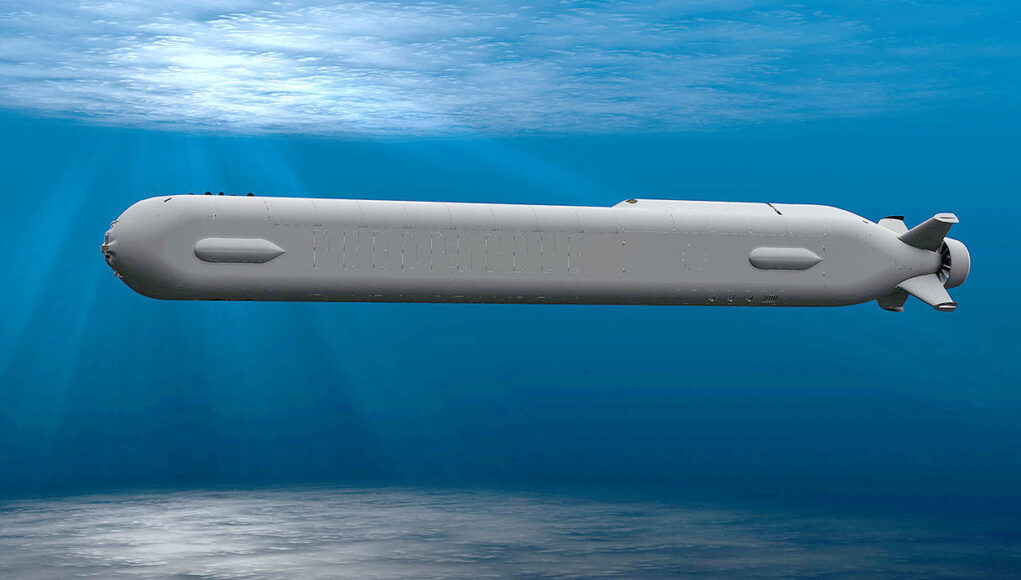
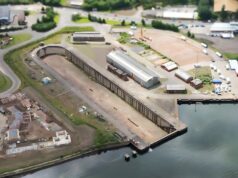
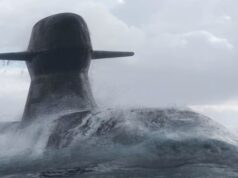


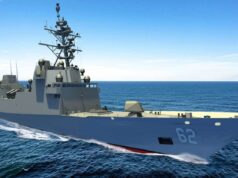
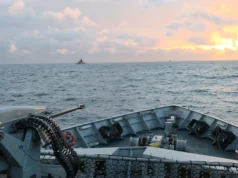

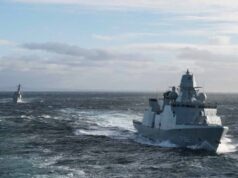
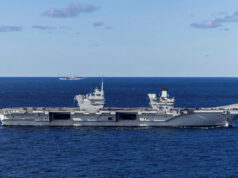
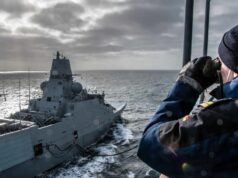

So, What does it actually do ?
From what I’ve read it seems to be for intelligence gathering electronic warfare and eventually sea mining ability
Cheers mate.
I recall reading some suggestion they be used in conjunction with smaller drones, to patrol undersea communication cables and gas pipelines. As well as patrol off shore energy fields. Oil, gas and wind farms. As AI is improving by leaps and bounds, more aggressive missions will follow.
Is the picture of the stretched version? I thought it was stubbier than that
There’s a 10m minelaying payload module stretching it out, but it’s just a file picture of an artist’s impression. Many actual photos we have seen of “Orca” up until now were of a stubbier mash-up they delivered in lieu of the real thing, which has been running years late. I assume it’s the first of the real ones that has finally been officially handed over.
XLUUV, sounds like an adult website.
There are about 98% of regular posters on here who have suddenly gone Quiet !!!!! 😂
For the chubby lovers out there
Naughty naughty 😺
Does look a bit like a 🍆
That’s because it probably is!
These unmanned subs are an interesting area going forward.
Power is going to be one area to be worked out. Reliability is another.
Soon will we have large mother subs with numerous baby unmanned subs around it.
So much potential
It will be interesting to see how comm’s are handled, especially if it finds a target of interest. Will it release a comm’s buoy so it can keep tracking the target, or will it rise to just under the surface and raise an antenna, but then loose contact with the target?
To track the target it has to keep pace with it. A SMs typical transit speed is 10-15kts, no way in the world this can match that speed for more than an hour or so before it requires to recharge its battery.
More importantly, how is it going to determine if the sound source it has potentially detected is in fact a threat or indeed what it is tasked with looking for.
We’ve had auto-classifiers for years, they aren’t that good certainly not trusted, which is one of the reasons why we still have manned SMs mate.
Hi Deep, Happy New Year by the way. Cheers for the insight. I guess we can all be guilty of assuming that the latest gadget does it all. To be blunt the only in-service sub I have been on was down at Mare Harbour, where we were given a tour. I know the T-boat we were shown around, was bigger than the previous class. But, I think it takes a special kind of person to live in the that kind of environment for months on end!
So what you’re basically saying is sonar technology wise, we haven’t really progressed from the what is shown in “Hunt for Red October” – only joking! Which if is the case with auto-classification, what precisely will an unmanned and untethered sub do? If its operating close to the surface with a ESM antenna deployed, will that not make it easier to spot?
As a separate question. If an unmanned sub is tethered by a cable to a manned sub/ship. Thereby allowing better communications between the two. Would the cable generate too much noise from the water flowing over it? Which would be different to trailing the tail, as the cable may be at times ahead or abreast of the parent vessel.
Hi DB, Happy New Year to you too mate. Sorry if my post came across a bit blunt, wasn’t intended as such, joys of trying to post when on a break at work. Should know better really.
Mate, this environment is the most misunderstood and hardest to relate too for the vast majority of people, simply because they don’t have to as they don’t work in it and probably never will. The only reference is really what they can read about or what they have seen on the screen, which, isnt really much to go off.
Technology has progressed over the years, but so to have the difficulties when it comes to classification of contacts. Back during the cold war days, there were certain clue groupings which could be applied to help differentiate between MV, WS, FV and SM’s. With advances in maritime propulsion systems, those boundaries have become increasingly blurred, so what was a 80% certainty of a Med MV just looking at its propulsion signature back then, could now be anything from a WS – FV – MMV. We now have to look for more/other clues to get to the same conclusions, which is where auto-classification struggles.
Currently imo these things are of limited use, certainly not for sub hunting just yet, or adding mass such as we understand the concept of a ‘loyal wingman drone’. We dont need them to measure SWT or to take beach profiles for possible landing sites, we have already got lots of that info and aren’t going to invade China any time soon. IMO this is big industry laying the ground work for future capabilities, not in the short/medium term, but in the longer term, 2040/50’s onwards, when propulsion/sensor advances are much more robust/capable then what is currently available. They have to justify the expense somehow.
The cable from a tethered vehicle doesnt really make much noise, even as its spooled out, its relatively quiet, you might well detect the battery hum from the rov type vehicle mind. Although reeling said cable back in might be somewhat more noisier.
I can see SMs getting some form of tethered vehicle capability in the next decade, but would imagine that it might well be a use once only type, as recovery would be just far to ‘faffy’ and noisy.
My views only mate, for what its worth, probably as far from the mark as any other!
I just wonder what tech will be given away if none of these is somehow aquired(recovered after malfunction, command system hacked etc) by our enemies it was snooping on.